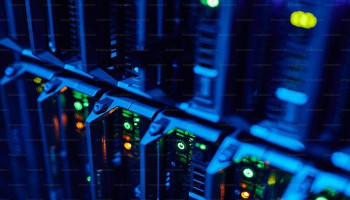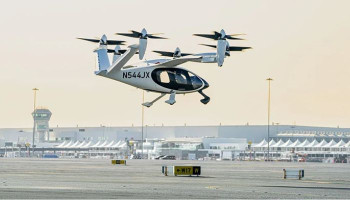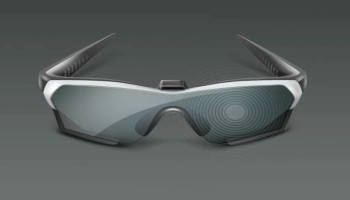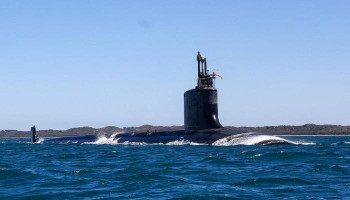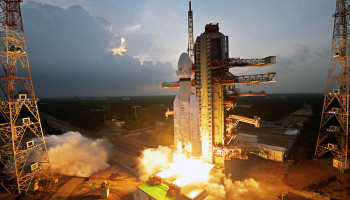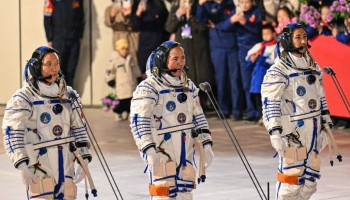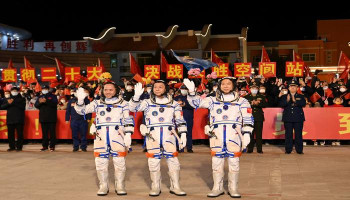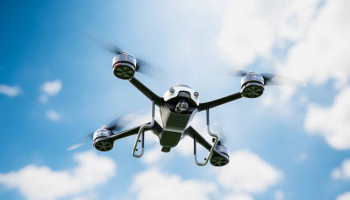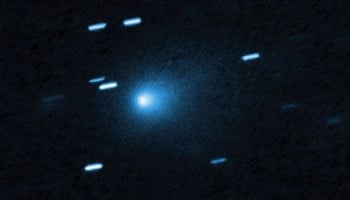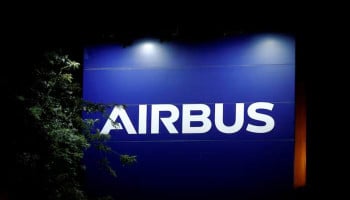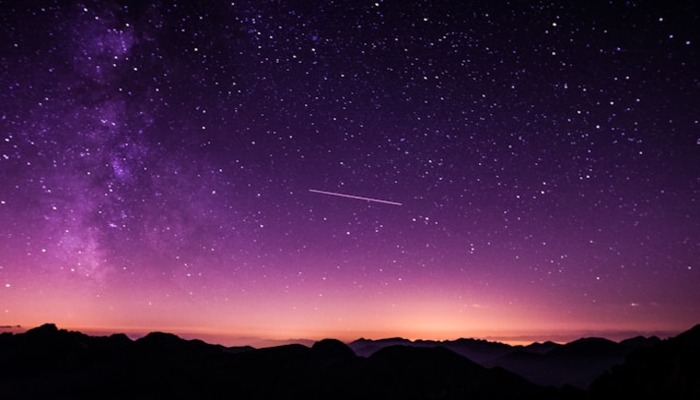
One of the most eagerly awaited astronomical events of the year is, quite rightly, the Perseid meteor shower. This spectacle of light is expected to reach its peak on August 11-13 nights, producing as many as 100 meteors per hour.
What is meteor shower?
A meteor shower occurs when the Earth passes through the trail left by the debris of a comet or an asteroid. While Earth moves through the trail of this debris, these particles enter our atmosphere at very great speeds and burn up, producing bright streaks of light.
However, the Perseids are thus named because they appear to emerge from the constellation Perseus; this is a part of the comet Swift-Tuttle that broke off.
When to see Perseid meteor shower 2024
The best time to view the Perseids is during the peak nights of August 11-13. Meteors are most visible between midnight and dawn when the sky is darkest.
Read more: Supermoons of 2024 — When and how to watch them
Be sure to check the weather forecast for clear skies, which will be a must to have good viewing.
Where to see Perseid meteor shower 2024
To maximise your chances of seeing the meteor shower, you would have to head to a dark location away from city lights.
Some popular spots in the Bay Area that will be witnessing the Perseid meteor shower include:
- Henry Coe State Park, South Bay
- Tilden Park, East Bay
- Sunol Regional Wilderness, East Bay
- Mount Diablo, East Bay
- Skyline Boulevard, Peninsula
- Montara Beach, Peninsula
- Pescadero, Peninsula
- Point Reyes National Seashore, North Bay
- Bodega Bay, North Bay





